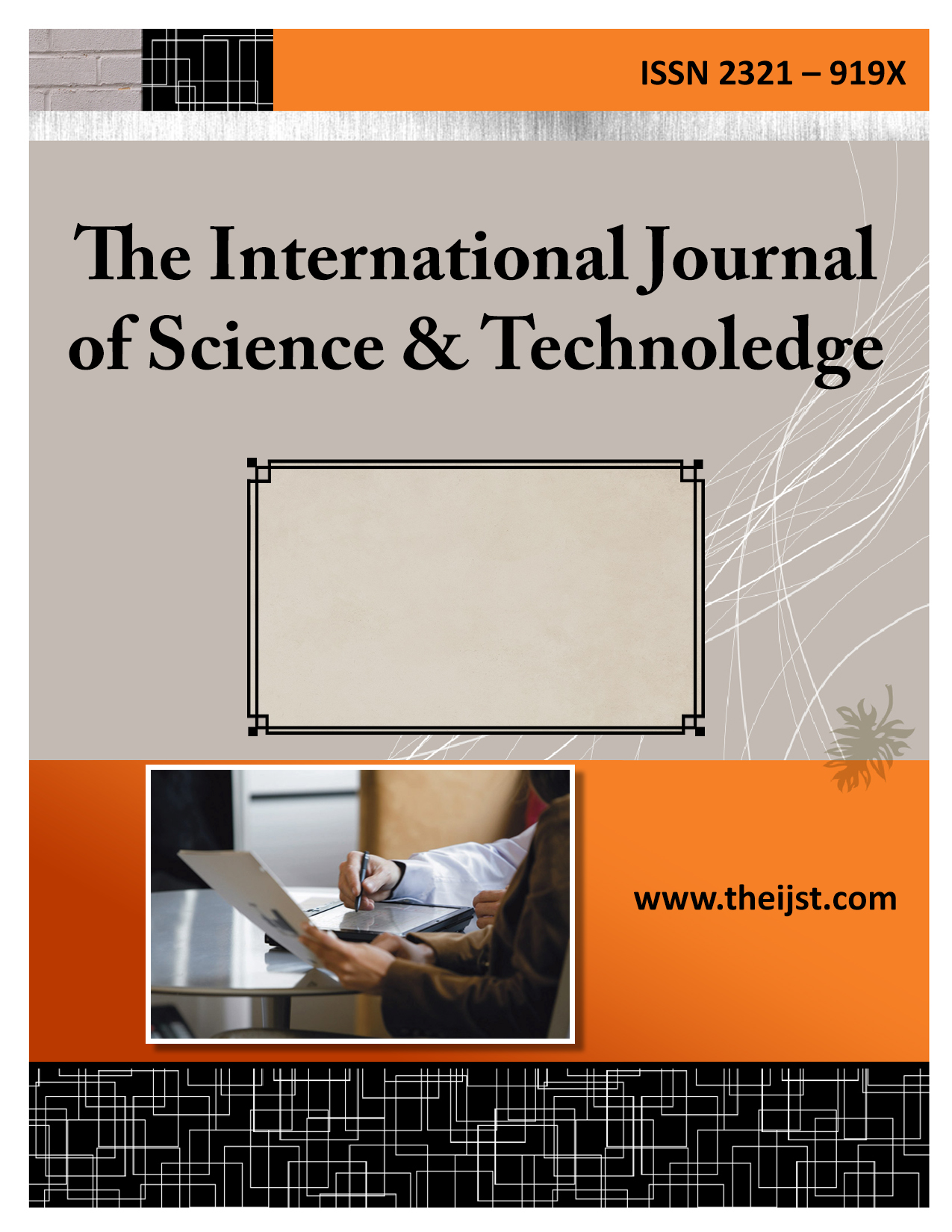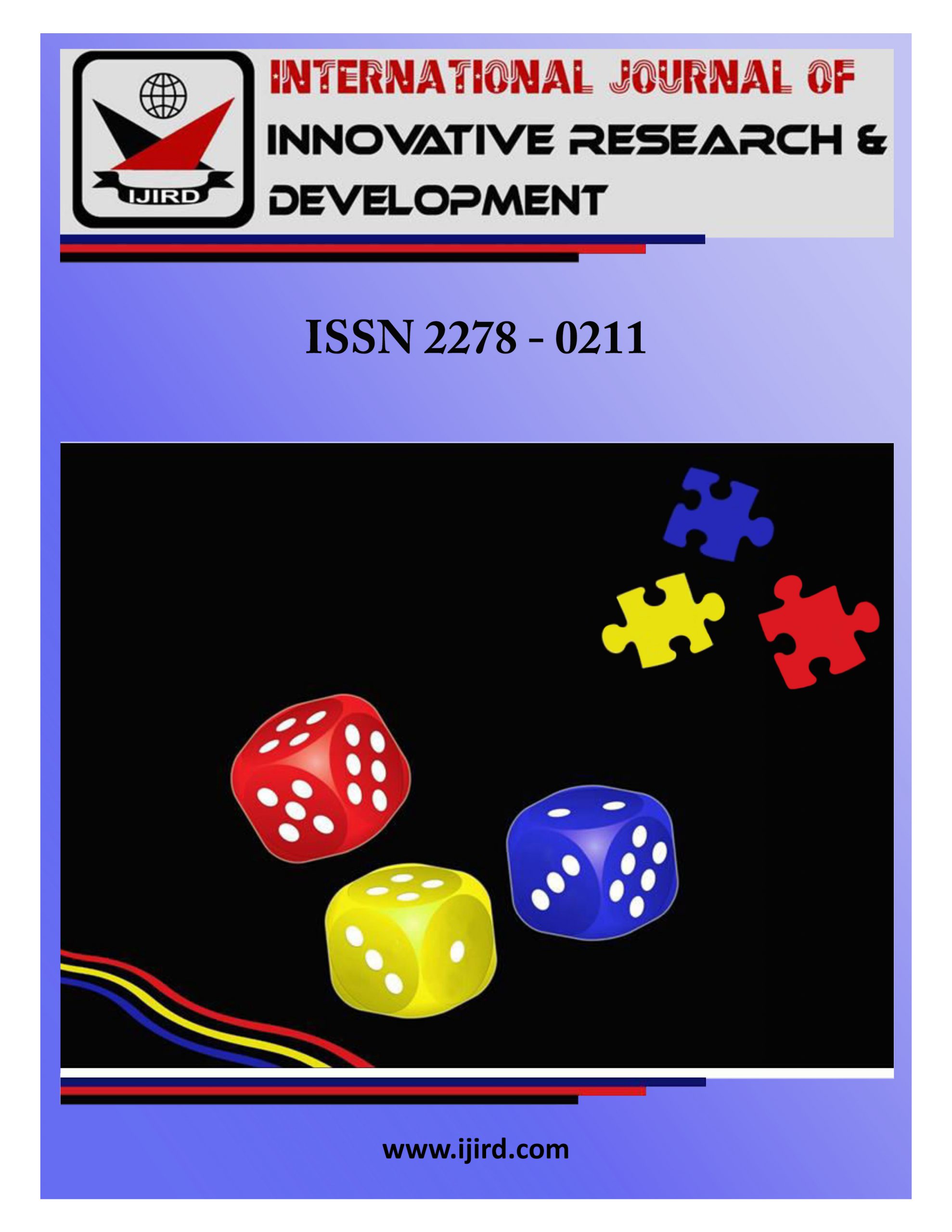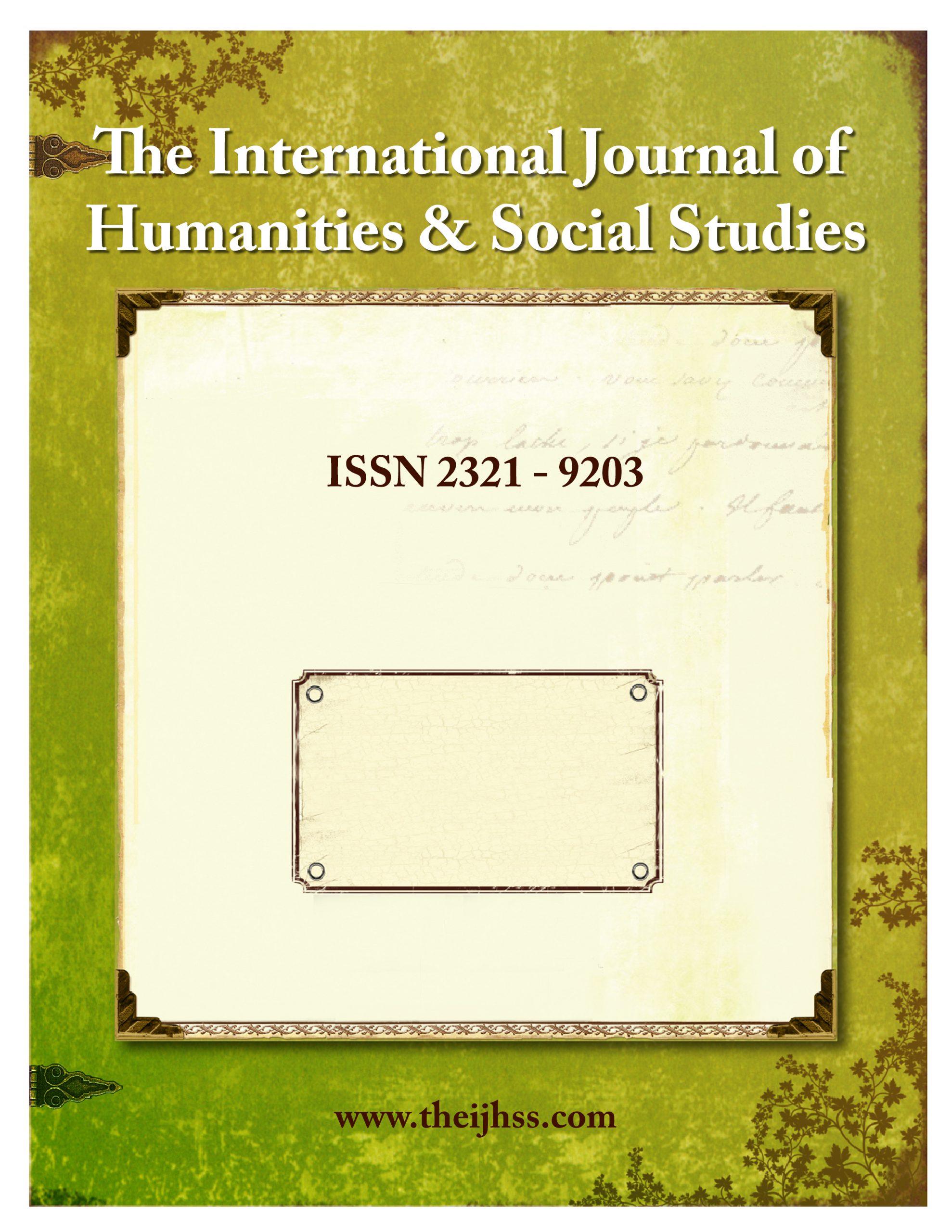There have been discussions over the incorporation of multi-discipline, trans-discipline and inter-discipline in research world, over last few years. International journals that cater to wider audiences often ask for interdisciplinary research, and themselves are called interdisciplinary journals. But what does each of these terms actually mean? For now, we can focus on interdisciplinary journal.
Interdisciplinary has been defined by National Academies report as “a mode of research by teams or individuals that integrates information, data, techniques, tools, perspectives, concepts, and/or theories from two or more disciplines or bodies of specialized knowledge to advance fundamental understanding or to solve problems whose solutions are beyond the scope of a single discipline or area of research practice.”
Important scientific ideas often transcend the scope of a single discipline or program, and there comes the necessity to integrate and concepts and ideas from different sources, fields and programs. For example, physical sciences, including biological science cannot disintegrate itself from the theories of social psychology and vice-versa. Theories of evolution find significant application in justifying why humans are attracted towards each other. Similarly, theories of Social Learning explain why some people are born healthier and more intelligent than others, why some people are aggressive and others are not, and why people conform to group mechanisms.
Just as to understand a complex concept like human development, we need to study the concepts from biology as well as social & cultural psychology, there are many such subjects which require knowledge and understanding from more than one discipline in academics. Therefore, the world of research and academics encourage the multiplicity of disciplines for a wider spread of knowledge sharing, ideas and creative concepts. To serve this requirement, interdisciplinary studies have come up as a separate program which allow students and teachers to navigate a multivariate perspective on subjects.
Interdisciplinary studies are a combination of fields inside a single curriculum, and it draws knowledge from several disciplines like sociology, psychology, anthropology, economics etc. Large engineering teams are usually interdisciplinary. Technological innovations are also interdisciplinary. For e.g., mobile apps are designed not solely based on information technology; they involve knowledge from other sources such as mathematics, data science, graphicology, fine arts and also psychology. After several researches on how people might react on a particular design, how people use a technological device, how human brains are wired to perform certain tasks, and after several report publications in international journals on data related to them, a technical tool like a mobile app is made and launched.
The operating buttons that we find on our smart phone screens, the swiping modes that we use today are all based on different psychological theories of brain evolution. Therefore, it would be inappropriate to think that merely the knowledge of computer or phone technology can make mobile phones. Interdisciplinary research is a necessity in today’s multifaceted world to promote authentic academical & life experience. We have to resort to science, arts, literature and other fields to enrich our understanding of the world.
Besides knowledge, interdisciplinary research gives 5 significant advantages-
A Wider Audience– A cell-biologist who can think and read like a psychologist is more likely to produce works that will be applicable to readers of psychology journals, as well as bio-science journals. One who integrates more than one disciplines, gets more people to read their work, because they get the readers of all the relevant fields. In fact, their work finds publication in more than one kind of journal. If the author incorporates concepts from cell-biology as well as psychology, he/she will get more publication offers from different international journals related to bio-science, psychology, human brain, human body and human development.
Better Explanatory and Predictive Work– Knowing the limits of your data set or methodology is key to knowing its strengths as well. For instance, modeling assumptions about axioms of rationality likely depart significantly in places from our best current understanding of real people’s psychology.Analysis of political institutions benefits from knowledge of psychology and public choice theory. If your work tries to assess or defend the efficiency of democratic institutions, knowledge of their limitations will help you make a compelling case to larger, possibly skeptical audiences.
Better Citations– Moving into interdisciplinary research ensures your work gets better citations. Since students and authors of all the relevant disciplines can find your work useful in building their own work. This also means that your work finds feature in open access journal that encourage and promise more citation of published works.
Motivation to Face Questions That May Not Otherwise Occur to You– when you work with theories from multiple disciplines, it is fairly possible that you will be faced with confronting ideas or complicated questions, to address which your research will become more interesting and enriching. When you don’t face obstructions, you don’t try harder, and definitely you don’t make anything marvelous.
A Response to Hyper-specialization– Being overtly specialized on a niche can limit your possibilities as a finder. As a researcher, you need to be open to all possibilities of truth. Hence you need to question similar ideas from different disciplines. You need to constantly compare and contrast different fields of studies, so that you do not end up publishing a half-baked truth.










